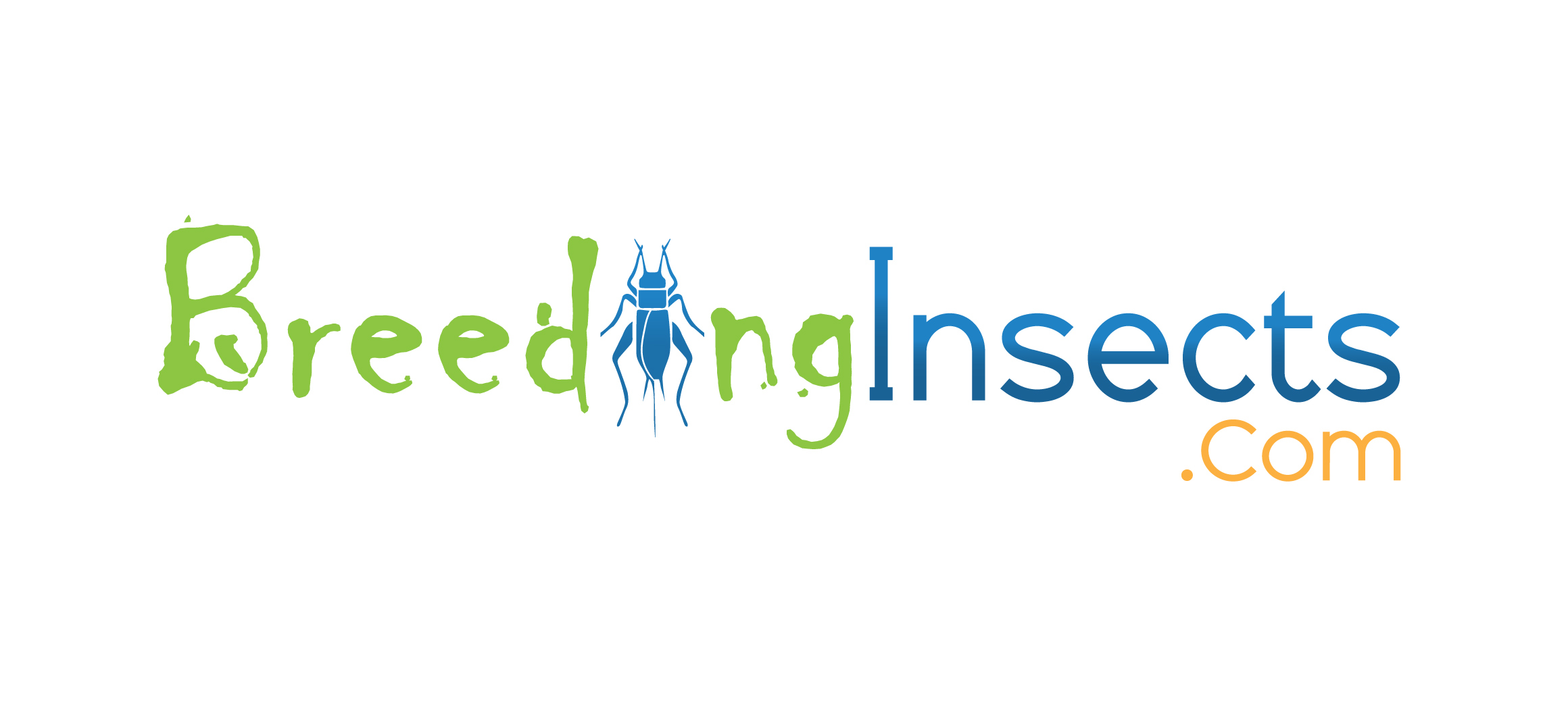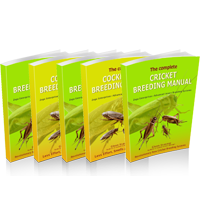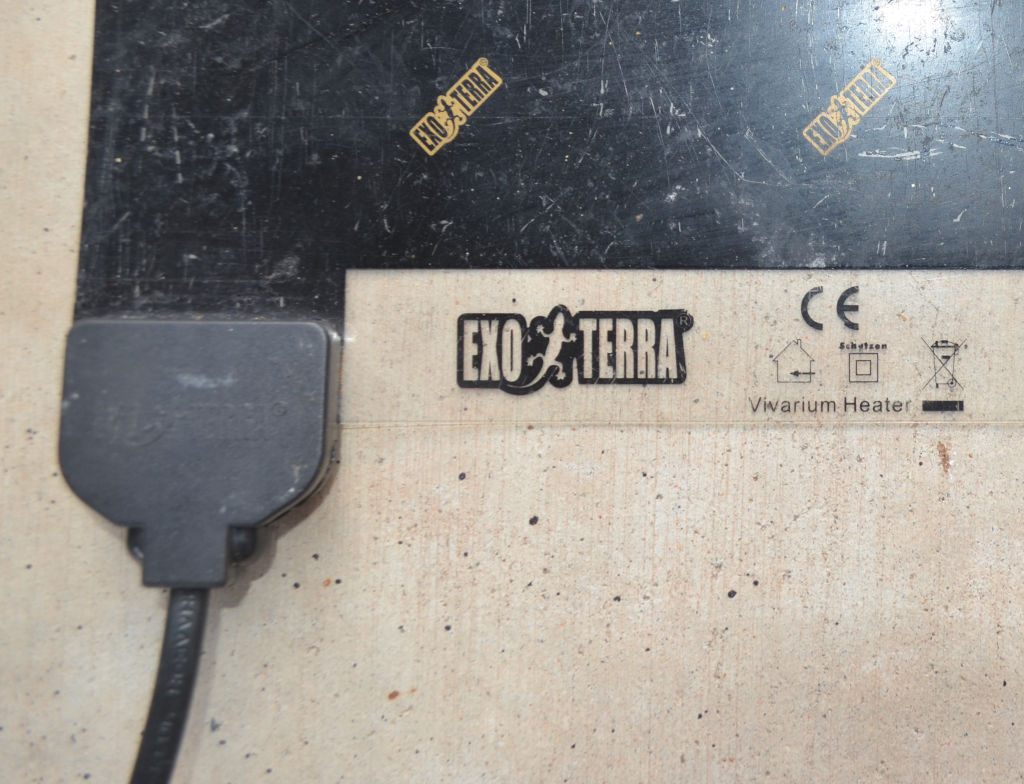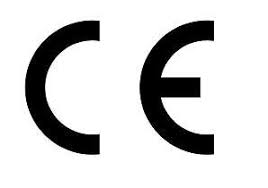Important Note:
Most farming practices have potential inherent biological risks associated with pathogens and microbes, however when appropriate measures are taken these risks can be minimized.
Electrical/Heating
We have used heating devices for many years without an incident, however there is always an potential risk of fire or electrocution with any heating device. For this reason we don’t provide specific advice on the safety consideration for your setup, and every person must undertake their independent research and precautions for the individual setup.
- All electrical devices need to have the standards applicable to your country. Look for national/international electrical certification symbols such as “CE” (see adjacent photo). The “CE” symbol is is a marking which indicates conformity to health, safety and environmental protection standards for products sold in the European Economic Area (EEA). Many countries have their own Electrical standards, however the “CE” marking is used and recognized by most countries around the world.
Important Note:
Many insurance companies will make a policy null and void where a claim is made for fire/electrical where national certification is not present (see notes above). Special care is needed to check cheap imported products on e-commerce sites as many importers ship product from china (or other countries) that do not have appropriate national or international electrical standards.
- Use a quality thermostat with all heaters.
- Don’t use heating devices which are over powered (ie excessive heat pads/coils) which might create a fire risk if thermostat fails.
- Follow the safety instructions provided with supplier/retailer
- Have no combustibles under heating devices (for example wood, paper). We often use ceramic tiles.
- Regularly check the temperature of the bottom of the container to make sure its not over heating
- Heat coils aren’t kinked or bent at sharp angles, and never overlap.
- Regularly check heating devices for damage (rodents and even cockroaches can eat them)
- Install fire alarms
- All electrical work should be undertaken by appropriately trained electricians. Have electricity audits undertaken to ensure their are not live electrical arcing, live devices or earthing issues.
- Always follow manufacture’s operating instructions and observe safety precautions when using electrical equipment.
- Ensure no objects are placed near or against any heaters to prevent fires.
General
- Use appropriate Personal Protection Equipment- PPE (ie ear plugs/muffs around machinery).
- Use appropriate dust masks when dealing with dusty products such as frass, grinding dry food, substrate mixes, cleaning activities.
- Wear disposable gloves when handling unhygienic products such as detritus, waste food/water, or cleaning activities.
- Do not expose open cut or sores to dust or soiled material which are prone to infection by microbes.
- Wash your hands carefully after handling insects or detritus, and use a nail brush to remove dirt from under the nails. As an added measure you may wish to use a waterless alcohol sterilizing gel.
- Following handling of materials which are soiled or dusty activities, a shower is recommended.
- Avoid eating or smoking after cleaning activities
- Avoid washing hands in the kitchen sink, use an outside or non-food preparation skink (i.e. laundry)
- Have adequate ventilation in work areas to remove odors and dust.
- Only use face masks or vacuums which are able to remove fine particulate matter (usually a specialized filtering system). Many standard vacuums will push fine particulate matter into the work space.
- Regularly clean or disinfect benches, floors, containers and components
- Use soap and disinfectants when cleaning containers and components.
- Cover any wire or sharp objects on containers or work areas.
- Use correct lifting handling techniques when lifting heavy or awkward objects. Avoid twisting movements, particularly under load.
- Provide adequate training on safety procedures for all staff or volunteers.
- All business to take out indemnity/fire insurance and workers compensation for employees.



